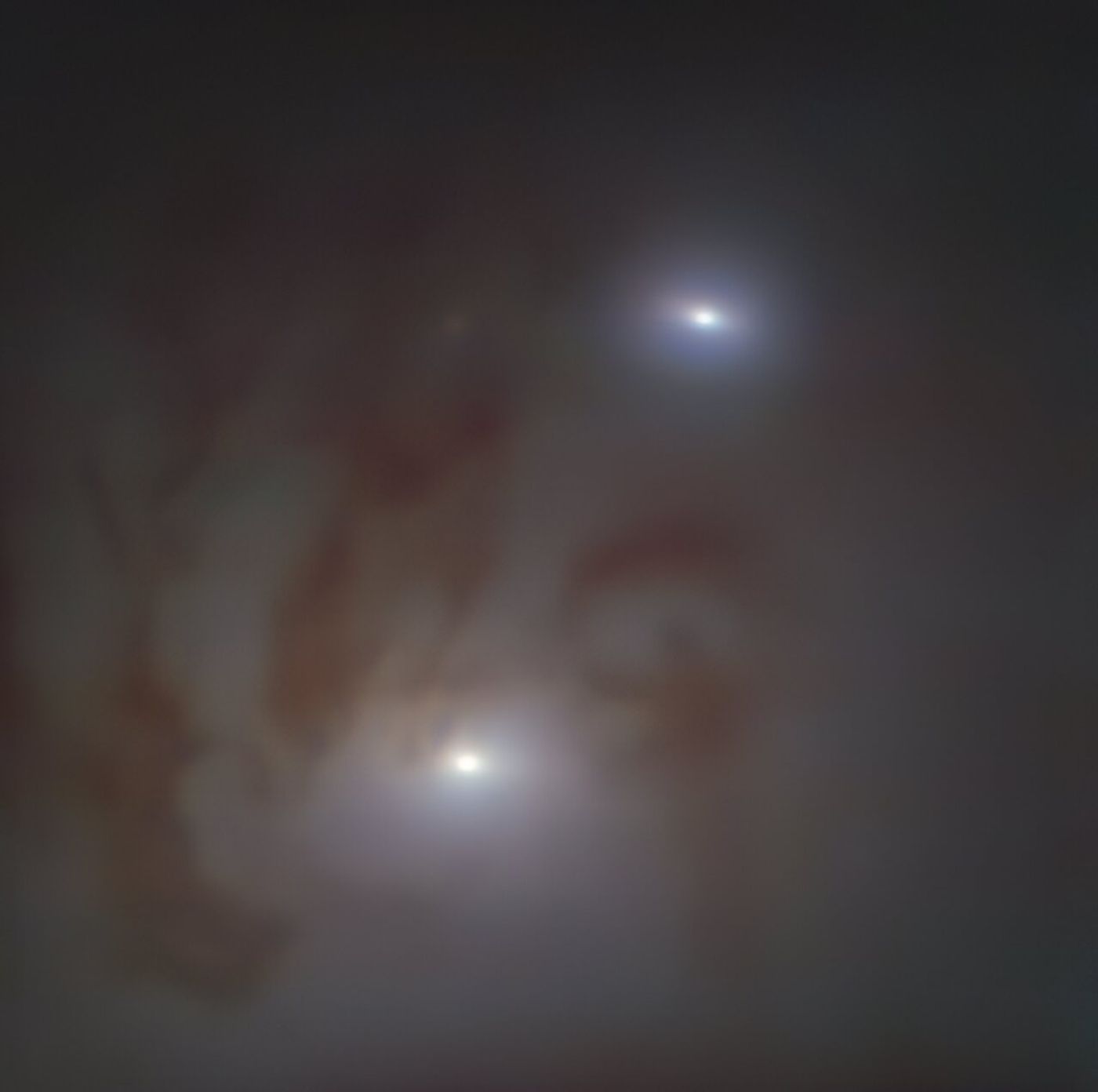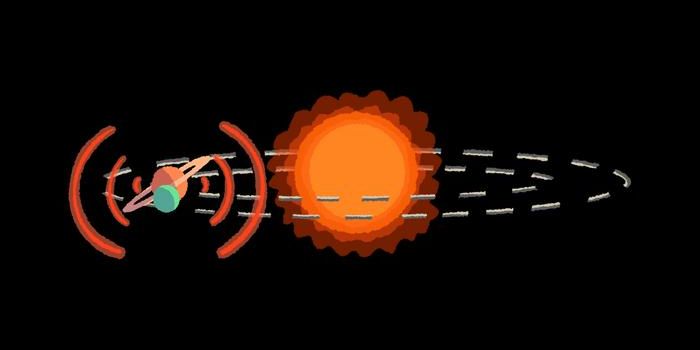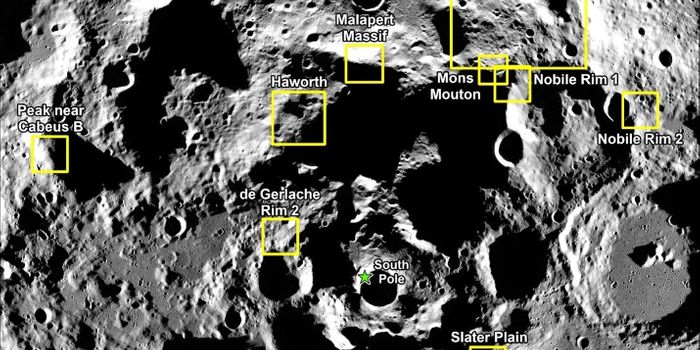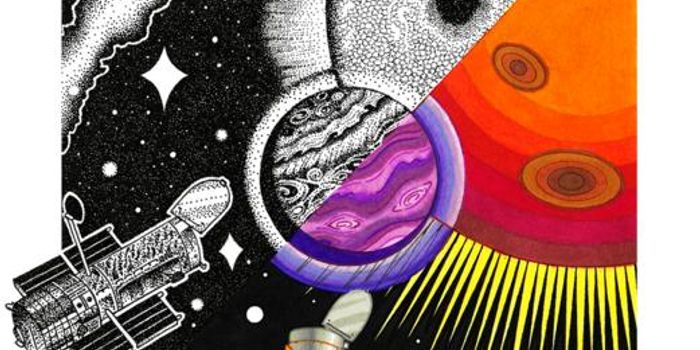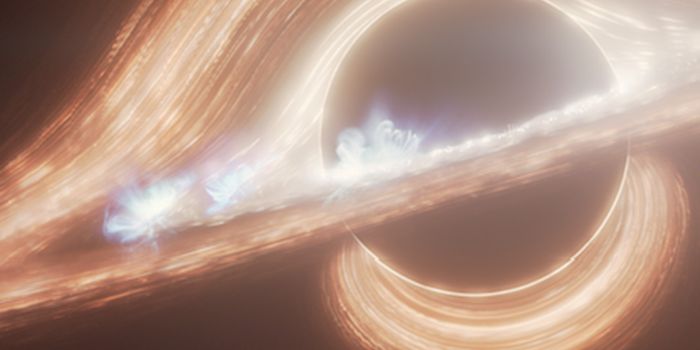The Two Closest Supermassive Black Holes
A team of international researchers have observed the center of galaxy NGC 7727 and found two supermassive black holes (SMBHs). The researchers report not only the existence of these two black holes but also that they are the closest pair of SMBHs yet discovered. Their findings are highlighted in a study published in Astronomy & Astrophysics, with lead author and Strasbourg Observatory astronomer Karina Voggel noting that the distance between this new, closest pair of black holes is “…less than half the separation of the previous record holder.”
Galaxy NGC 7727 is like ours in that it has a SMBH center. However, unlike ours it contains two black holes at its core instead of just one. The dual SMBH system is a result of two galaxies, each with their own original SMBH, merging together. This combination will eventually culminate in the two central black holes coming together to “…merge into one monster black hole, probably within the next 250 million years,” according to co-author Holger Baumgardt, a professor at the University of Queensland, Australia.
The research team was able to make these discoveries thanks to the European Southern Observatory’s Very Large Telescope (ESO’s VLT), specifically an instrument in Chile’s Paranal Observatory. It also helped that the black hole pair is relatively close to Earth, only 89 million light-years away.
Understanding black holes, the Universe’s gravitational superstars (which are not actual stars, to be clear), is a pursuit on the cutting edge of modern (astro)physics and one esteemed with the Nobel Prize. New technology like the ESO’s upcoming Extremely Large Telescope (note the theme of extremely creative telescope names) will help continue this pursuit and further our knowledge of the grand and mysterious universe we find ourselves in.
Source: Astronomy & Astrophysics; ESO
Banner Image Source: NASA’s Goddard Space Flight Center/Jeremy Schnittman and Brian P. Powell
Article Image Source: ESO
